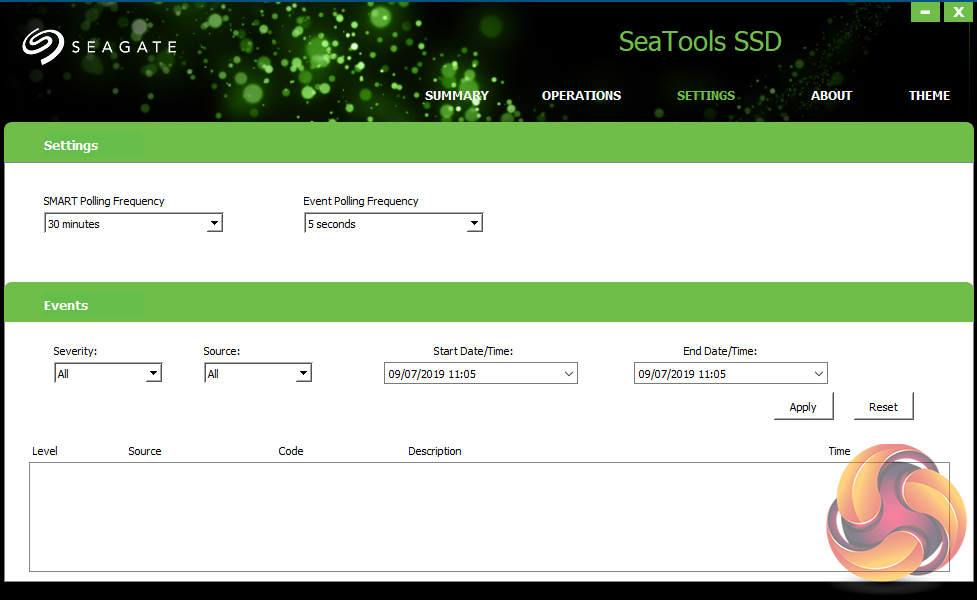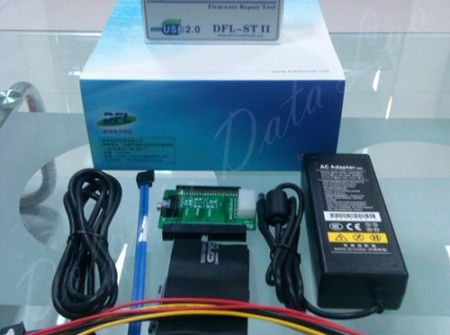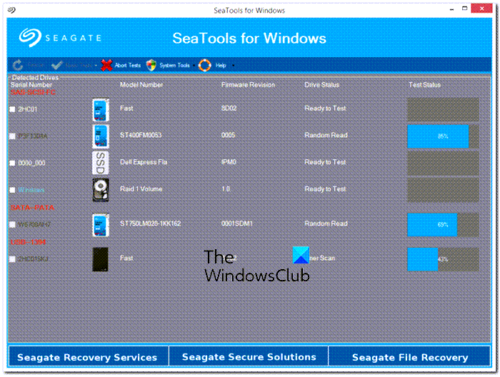
“This design allows for computing to occur on erasure-encoded data, which is often present in hard disk drive storage architectures.” “Near data computing has always relied on knowing enough about the data to act accordingly however, this architecture is the first known example of per-device computing that does not require re-constituting data into instances of the entire data set prior to exercising computing functions,” said Ed Gage, vice president of Seagate Research Group. The architecture will allow for faster, more efficient, less energy-intensive and less thermally demanding data retrieval. The architecture allows for computing functions to be pushed down into an erasure-encoded hard drive tier.

Seagate and Los Alamos are collaborating on a proof-of-concept high-performance compute architecture that provides optimized computing capabilities across and within storage devices. The overarching goal is to improve the sustainability of compute and storage architectures. Seagate Government Solutions) and Los Alamos National Laboratory signed a cooperative research and development agreement to jointly explore developing efficient computing near storage, especially in settings where erasure encoding is needed for data protection.


It installs onto your system and allows you to select a specific test. Seagate SeaTools for Windows tests SATA, USB, 1394, ATA (PATA/IDE), and SCSI drives.


 0 kommentar(er)
0 kommentar(er)
